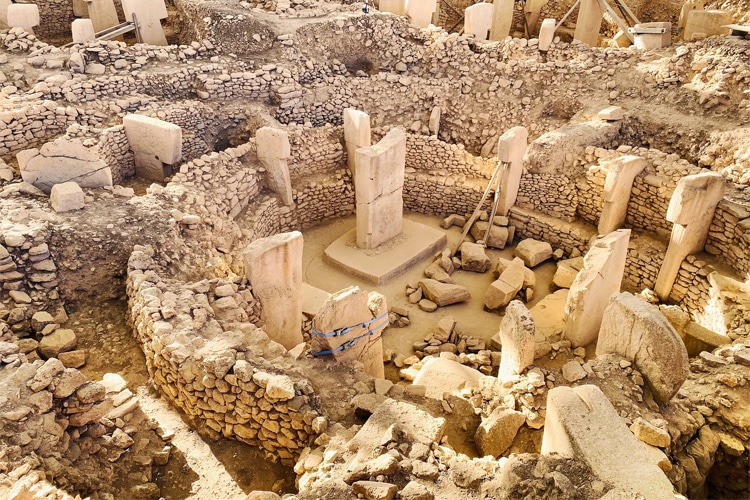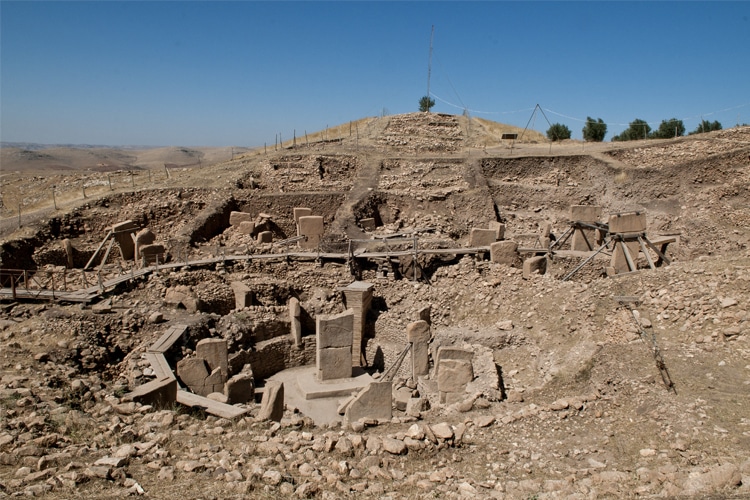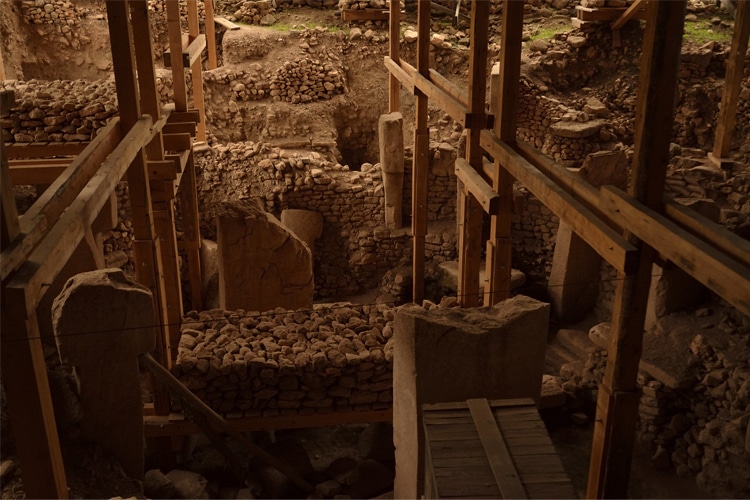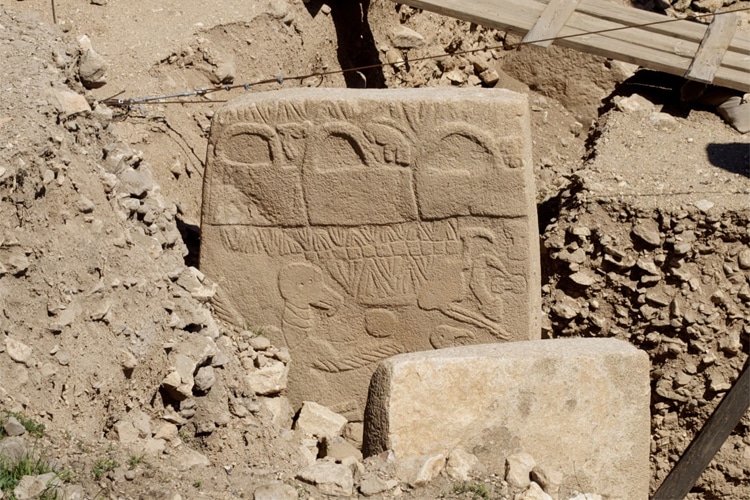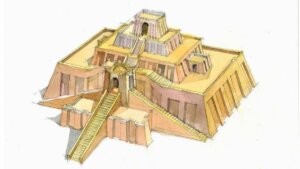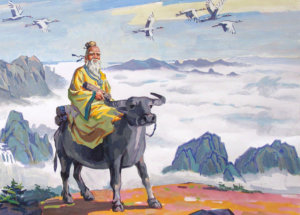Göbeklitepe is located 15 km northeast of Şanlıurfa city centre. Its location is 2.5 km east of Örencik Village. B.C. 10,500 – BC. Göbeklitepe mound, which is the highest peak of the Germus Mountain Range, is in a position that dominates the Harran Plain with an altitude of 800 meters.
Flat limestone rises up from the plateau. It was named Göbeklitepe because of its shape resembling a navel. In this content, we take a closer look at what is known about Göbeklitepe, which is thought to be one of the oldest known places of worship.
Göbeklitepe Archaeological Excavations
Göbeklitepe was discovered for the first time in 1963 during the surface surveys carried out as part of the Southeastern Anatolia Prehistoric Research Mixed Project carried out by the University of Istanbul and the Universities of Chicago. Initially, the real value of this archaeological site and its importance for world history could not be understood. For a long time, the area was thought to be a prehistoric cemetery made up of large limestone blocks.
Excavations under the coordination of German Archaeologist Klaus Schmidt, which took place approximately 30 years after the first researches, took place. During these excavations, it was discovered that it belongs to the Neolithic Period. After this discovery, excavations began in 1995. These studies; Şanlıurfa Museum has been a joint project of the Istanbul German Archeology Institute and the Heidelberg University Prehistory Institute.
Findings Obtained in the Excavations
Klaus Schmidt, during the excavations, it was noticed that Göbeklitepe Mound is different from the Neolithic settlements found in other archaeological sites in many ways. During the excavations, religious structures that had not been seen anywhere before were found. T-shaped obelisks with some animal figures and symbols on them were an unprecedented find. The circular monument-like structures made of these standing stones attracted a lot of attention.
Magnetic and radar surveys conducted in Göbeklitepe in 2003 revealed at least 20 circle-like structures. Although the geological structure of the region is made of basalt and limestone, it has been noticed that the first layer where the remains are found consists of soft soil. Stone tools and fossilized bones that did not belong to the region were found in this soil layer.
This situation provides us with the information that Göbeklitepe was deliberately covered with an earthen layer, not by natural means. Covering the temples with soil in this way enabled them to reach the present day without deterioration.
Göbeklitepe Temple Cult
Göbeklitepe temples; It consists of circular areas with a diameter of between 10 and 30 meters, surrounded by stone masonry walls. There are standing stones in the center of these structures and on the walls around them. In the center of the circular structures, there are two large T-shaped obelisks parallel to each other. Around it, there are 10 to 12 smaller T-shaped obelisks embedded in the stone wall.
It is thought that Göbeklitepe temples were built in the form of a circle symbolizing the eternal unity of the universe. There are also many circle symbols on the surfaces of the rocks in the temple area. The circular temple forms are also seen in many temples built after Göbeklitepe.
There are depictions resembling human hands and arms on the T-shaped obelisks. The fact that these stone sculptures carry human-like elements in many ways brings with them the opinion that they are human-shaped monuments made of stone. It is not known exactly what the obelisks in human form symbolize. Therefore, there is no consensus on this issue.
There is a remarkable similarity between the religious beliefs and temple cult of the Anatolian and Mesopotamian civilizations that emerged at least 5000 years after Göbeklitepe and Göbeklitepe. When we take a look at the religious traditions of these civilizations, we can see that the statues representing the gods and the temples where these god statues are kept stand out.
We see that animals such as fox, snake, wild boar, bird and bull are preferred in Göbeklitepe figures. This shows that animals had a special place in the belief and thought system of the period. It is quite remarkable that animals that cannot be used for food and domestication such as snakes, foxes and spiders are preferred on the surfaces of the stones. Because there are no depictions of the most hunted animals such as gazelles, sheep and goats in these sculptures.
Forecasts About Göbeklitepe
Göbeklitepe is a place with an impressive history of 12 thousand years. It is considered to be the most striking discovery of the archaeological excavations made in recent years. Many allegations have been made about him. Many different claims have been put forward, from the fact that it is the gate of heaven mentioned in the holy books, to that it is the communication center of aliens with humanity.
Italian archeoastronomer Giulio Magli, Indian astronomer BG Sidharth and some other scientists; He claimed that Göbeklitepe was used as an observatory. In addition, statements supporting this view were made in the written and visual media. The explanations put forward different theories and supporting ideas that this place could be an observatory.
Another view is that Göbeklitepe may have been a temple where shamanic rituals were performed. This view was expressed by Klaus Schmidt. Schmidt expressed such a view because of some features resembling the Shaman culture in Göbeklitepe. However, he approached this view with caution. According to Schmidt, it is almost certain that religious rites were performed in Göbeklitepe. There is also the possibility that these rites are shamanic rites.
Source: 1
Other content you may be interested in:
The Unknowns of the Animal Kingdom

